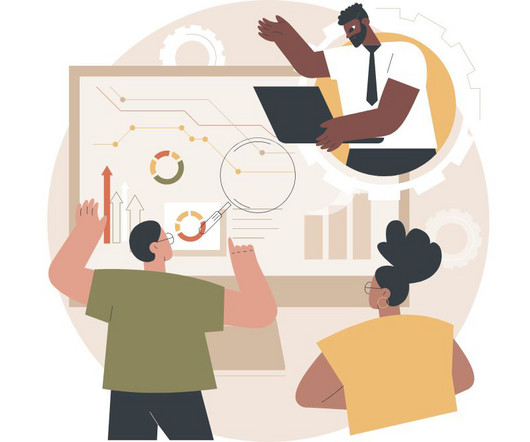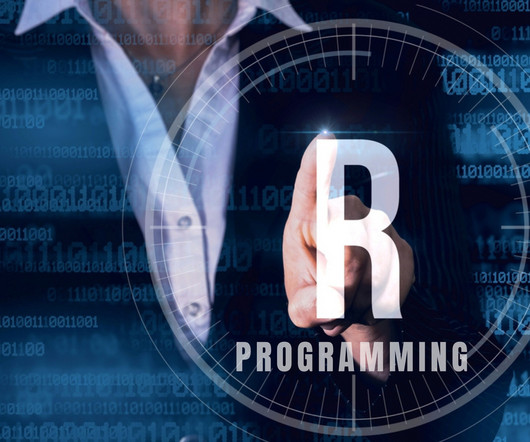Introduction to applied data science 101: Key concepts and methodologies
Data Science Dojo
AUGUST 30, 2023
It leverages algorithms to parse data, learn from it, and make predictions or decisions without being explicitly programmed. From decision trees and neural networks to regression models and clustering algorithms, a variety of techniques come under the umbrella of machine learning.











Let's personalize your content